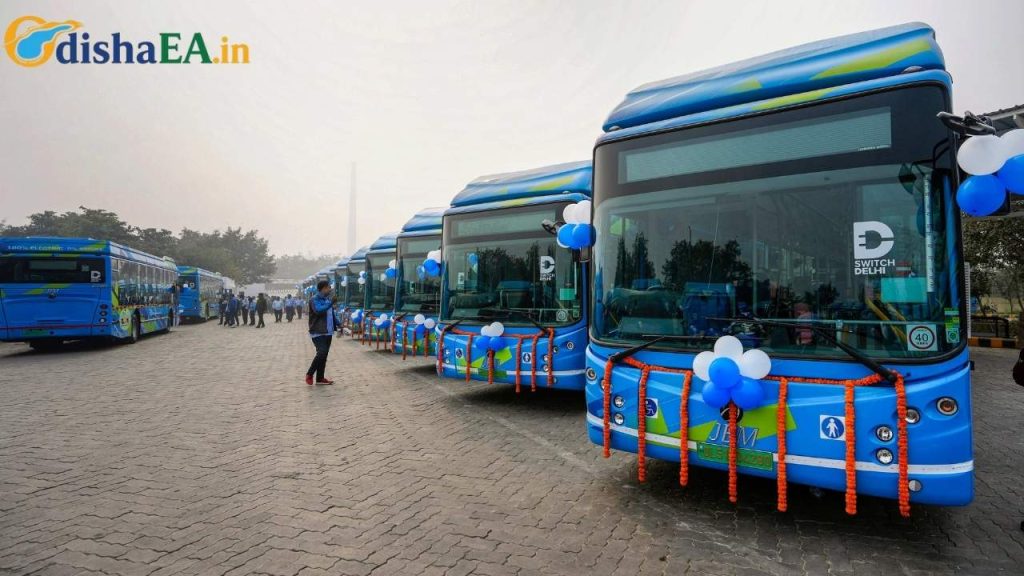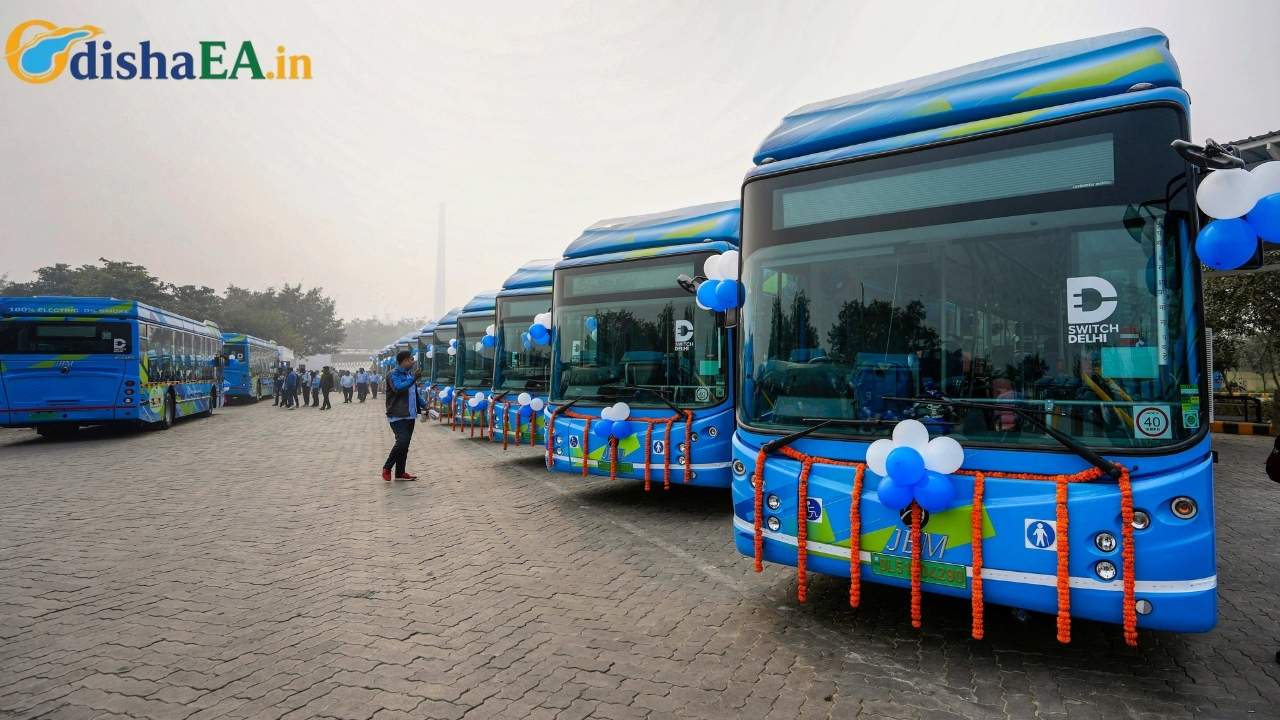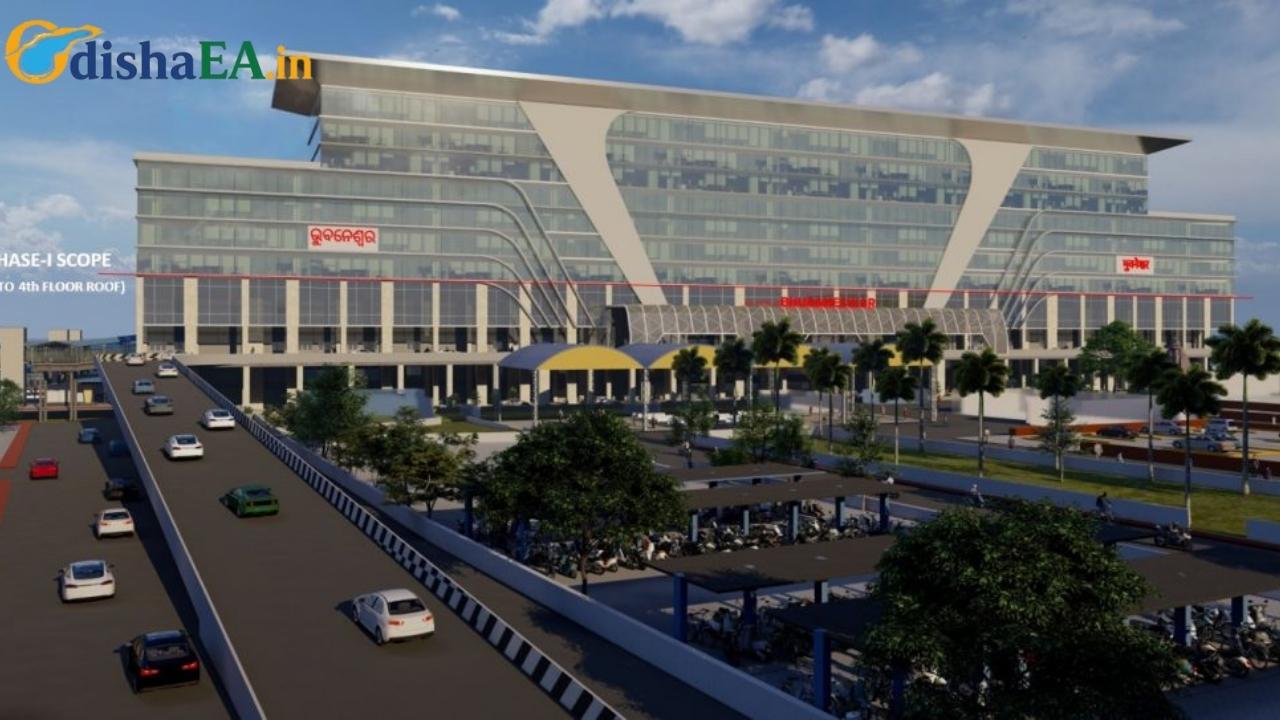Public transport around the world is changing fast, and Odisha is riding the green wave in style. The state has just moved into the spotlight by becoming the 5th in India in electric bus adoption, rolling out nearly 450 electric buses on its roads and setting its sights on a massive goal of 1,000 electric buses in the near future.

That’s a big deal—not just for the state’s commuters, but also for India’s mission to cut carbon emissions, modernize transportation, and keep cities cleaner and healthier. If you’re a professional keeping an eye on India’s electric mobility revolution—or just someone curious about how public buses are going eco-friendly—this story is worth watching.
E-Bus Boom in Odisha
| Aspect | Details |
|---|---|
| Current E-Bus Fleet in Odisha | ~450 electric buses operational |
| National Rank (by fleet size) | 5th in India (after Delhi, Maharashtra, Karnataka, Uttar Pradesh) |
| Recent Boosts | 40 new buses in April 2025; 100 buses under PM-eBus Sewa in June 2025 |
| Target | Over 1,000 electric buses in the coming years |
| Infrastructure | State-of-the-art Naraj Electric Bus Depot with charging & maintenance facilities |
| Why It Matters | Cleaner air, modern transit, leadership in Eastern India’s green mobility |
| Official Source | Government of Odisha Transport |
Odisha’s E-Bus Boom is more than a headline—it’s a model for how states can embrace the future of transport. By ranking 5th in India and setting an ambitious 1,000-bus target, Odisha is proving that green mobility isn’t just for metros like Delhi or Mumbai. It’s for everyone. With smart planning, solid infrastructure, and people-first policies, the state is cruising toward a cleaner, healthier future.
Why Odisha’s E-Bus Journey is a Game Changer
Electric buses aren’t just cool futuristic vehicles—they’re a public health tool, an economic booster, and a sustainability hack rolled into one. When diesel buses are replaced with zero-emission electric buses, cities benefit in multiple ways:
- Cleaner Air: Less smoke and soot in crowded cities like Bhubaneswar and Cuttack.
- Lower Noise Pollution: E-buses run quieter, making city life a little less chaotic.
- Cost Savings: Though pricey upfront, electric buses are cheaper to run over the long term with lower fuel and maintenance costs.
- Green Jobs: Building, running, and maintaining e-buses creates opportunities for skilled workers.

Odisha’s move stands out in Eastern India. While West Bengal has 391 e-buses and Jharkhand just 46, Odisha is already at 450 and climbing fast.
The National Context: Where Odisha Fits
To understand the scale, here’s a quick comparison with other states:
- Delhi: ~3,564 e-buses (leading the pack)
- Maharashtra: ~3,296
- Karnataka: ~2,236
- Uttar Pradesh: ~850
- Odisha: ~450 (and growing)
This ranking places Odisha firmly in the top five across India, making it one of the fastest-growing hubs of green mobility.
Recent Wins: Fresh Buses and New Routes
Odisha isn’t slowing down. A few exciting developments include:
- 40 new buses in April 2025: These were launched under CRUT (Capital Region Urban Transport) and added to the Ama Bus fleet, now serving over 300,000 commuters daily.
- 100 new buses in June 2025: Delivered under the PM-eBus Sewa scheme, expanding routes across Bhubaneswar and Cuttack.
- Future rollouts: CRUT plans to add 400 more buses via PM-eBus Sewa and another 200 through state programs, expanding into Rourkela, Keonjhar, Angul, Sambalpur, and more (New Indian Express).
The Infrastructure Backbone: Charging, Depots, and Beyond
A fleet of e-buses is only as good as the infrastructure behind it. That’s where Odisha is showing real foresight.
- Naraj Electric Bus Depot: Built with over ₹50 crore, this facility includes multiple charging stations, maintenance bays, and even an automated bus-washing system.
- Smart City Integration: Bhubaneswar Smart City Limited is working on creating charging hubs and IoT-powered fleet management systems.
- Cleaner Energy: Many buses are charged using renewable power sources, cutting dependence on coal-based grids.
This focus on infrastructure ensures that buses don’t just sit idle—they’re powered up and ready to roll.
What This Means for Daily Commuters
Alright, let’s break it down in simple terms:
- Cheaper Travel: Operating costs for e-buses are lower, which helps keep fares steady.
- More Routes: New buses = new neighborhoods connected.
- Reliable Service: Electric buses are less prone to breakdowns compared to old diesel clunkers.
- Comfort Factor: Air-conditioned, smoother rides, and low-floor entry for seniors and kids.
If you’ve ever been on an overcrowded, noisy diesel bus, you’ll know what a game changer this is.
Practical Takeaways for Professionals
If you’re in business, policy, or sustainability, here’s what Odisha’s model tells us:
- Public-Private Partnerships Work: Many of these buses were rolled out through central schemes like PM-eBus Sewa, proving that state and central governments can successfully team up.
- Infrastructure Investment is Key: Depots, chargers, and IT systems matter as much as the buses themselves.
- Regional Leaders Can Emerge Quickly: Odisha shows that even states outside the usual top-tier metros can leapfrog into leadership positions.
- Opportunities for Entrepreneurs: From charging station providers to fleet maintenance services, the e-bus boom is creating new business opportunities.
A Simple Guide: How Odisha Plans to Hit 1,000 E-Buses
- Expand in Current Cities: Add buses to Bhubaneswar, Cuttack, and Rourkela.
- Launch in New Cities: Extend the Ama Bus model to towns like Baripada, Keonjhar, and Angul.
- Leverage Central Schemes: Secure funding and support from programs like PM-eBus Sewa.
- Invest in Depots: Build charging and maintenance hubs across the state.
- Focus on Commuter Comfort: Roll out more low-floor, air-conditioned buses to attract riders.
NGT Cracks Down: Odisha Govt Under Fire for Illegal Stone Crusher in Balasore
CM KISAN Scheme Delivers Big in Sambalpur: 90,900 Farmers Receive Critical Support
CM Majhi’s Warm Nuakhai Wishes Strike a Chord: Internet Flooded with Praise
FAQs
Q1: Why are electric buses better than diesel buses?
A: They cut down on air and noise pollution, cost less to operate long-term, and provide smoother rides.
Q2: How many electric buses are currently in Odisha?
A: Around 450 buses, with a target to cross 1,000 in the coming years.
Q3: What’s the role of the central government?
A: Programs like PM-eBus Sewa provide financial support to states, helping scale up fleets.
Q4: Will smaller towns in Odisha get e-buses too?
A: Yes! Plans are already in motion for towns like Sambalpur, Keonjhar, and Baripada.
Q5: Is charging infrastructure reliable in Odisha?
A: Yes. Depots like Naraj are equipped with multiple chargers, maintenance bays, and renewable energy integration.





